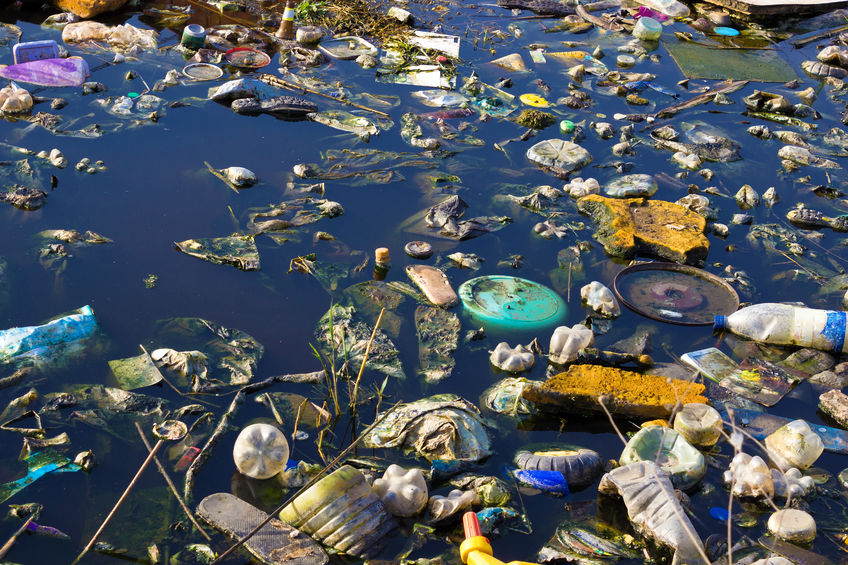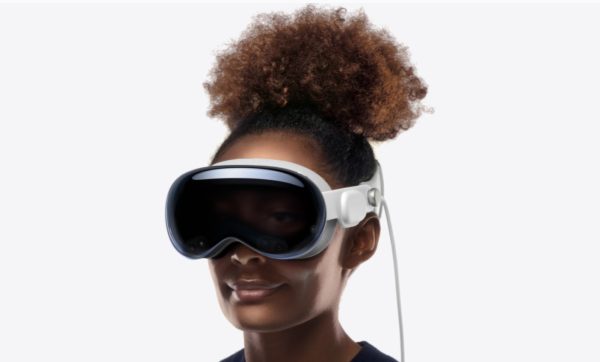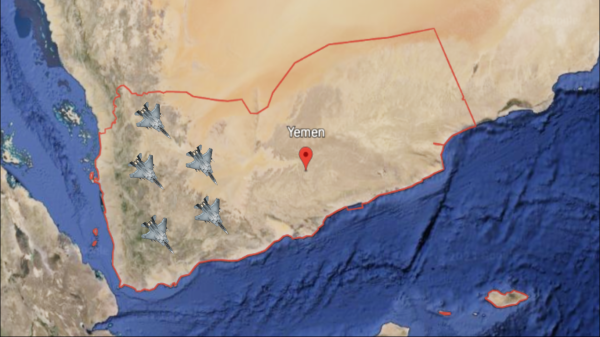Solutions to Pollution—Cleaning Up Our Water
April 13, 2017
Pollutants such as oils, dyes, and garbage are constantly being disposed of in the earth’s bodies of water. Environmentalists and others who have studied the effects of pollutants in water and their ecosystems know it can have drastic effects on both.
Inventors and entrepreneurs have begun looking for technological solutions to water pollution. These technologies include everything from filtering water to produce clean drinking water to installing water trash cans to dispose of the garbage on sea coasts and in other bodies of water.
Oxygen-demanding wastes like plastic pollutants are a tremendous hazard to marine life and are dangerous for the ecosystem. Two Australian surfers, Andrew Turton and Pete Ceglinski, decided to address the situation by inventing a bin similar to an automated pool cleaner. This device was made to withstand cleaning marinas, harbors, ports and inland waters such as rivers and lakes. It works by vacuuming in the garbage while filtering out the water; it is made of recycled polyethylene plastic and is attached to a dock where it can begin cleaning. Their invention, “Seabin,” has already been successfully crowd-funded.
People are addressing disease-causing agents in water as well. According to the World Health Organization, approximately 750 million people worldwide lack access to clean drinking water. Because of this, innovations to provide clean drinking water are growing. The LifeStraw, for example, is a simple drinking-water filter that can be placed into a water source to provide safe water by sucking the water out of one end. This is made by Vestergaard, an international company that makes other water filtration products such as filter bottles.
Students at Carnegie Mellon University have also taken an interest in the situation. The Integrated Innovation Institute developed a low-cost, self-powered system that purifies water. This “LUV Water” uses the water’s weight to rotate a motor that powers UV-LED lights that kill waterborne pathogens. The team is also working on making the device portable by placing a smaller version in portable water bottles.
With water pollution a growing problem, one of the most effective solutions would be to cut the source of the pollutants. Some of the major direct sources include effluent outfall from refineries, treatment plants, factories, etc., which have drastic effects. This liquid waste poisons the drinking water, which results in poisoned animals; it unbalances the ecosystem and can result in deforestation as a result of acid rain. Precautions taken to prevent effluent outbreak into water sources would be a step toward preventing further water pollution.












